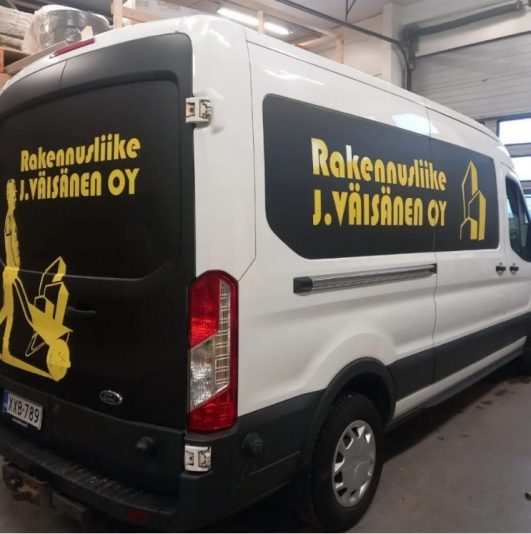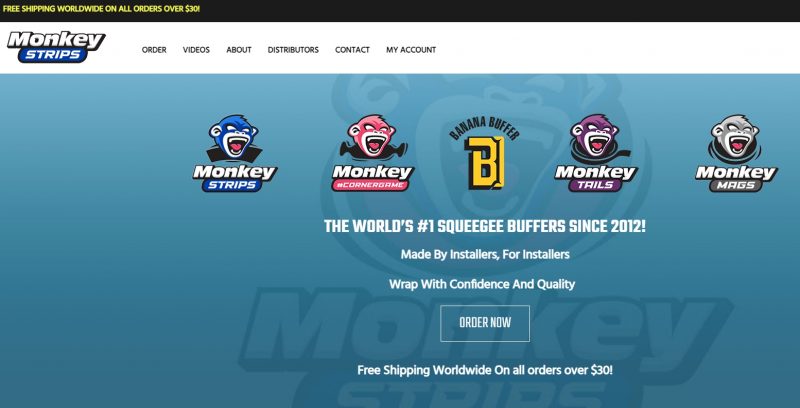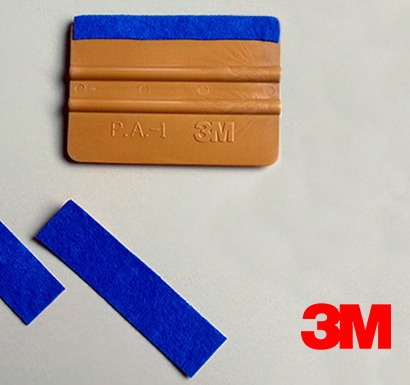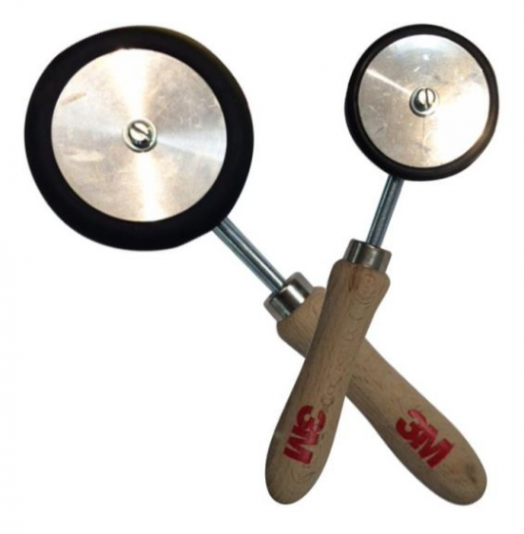It is a characteristic of the adhesive system used by 3M.
The glass beads levitate the adhesive from making full contact until pressure is applied with the squeegee.
Once form pressure is made, the layer of adhesive comes into contact with the metal surface of the vehicle. There is also a grid of micro-channels within the adhesive which then allows you to chase out any remaining air.
However, if the metal surface of the vehicle is cool or cold. the adhesive is stiffer and not as receptive to the beads. This is what I call “floating vinyl”
This can also be an issue because viewed at a certain angle or light, it looks like tiny bits of grit, but is in fact an impression of the beads showing on the surface. to remove it, just apply some heat and squeegee pressure.
Another problem that can occur from this is if you are using a squeegee with too thick of a felt strip on your squeegee. This is why 3M only use the Blue felt squeegee strip, which is sold by Monkey Strips, which I buy directly from their website.
Also, 3M uses wrapping wheels.
I always use wrapping wheels, but not for the reason 3M use it.
These wheels, are to be used in the recessed areas of a van panel. the wheel creates pressure to ensure the beads and air channels are collapsed in the recessed area. otherwise, you will have a cavity with trapped air, that will blister and burst when you are post-heating.
http://www.monkeystrips.com






